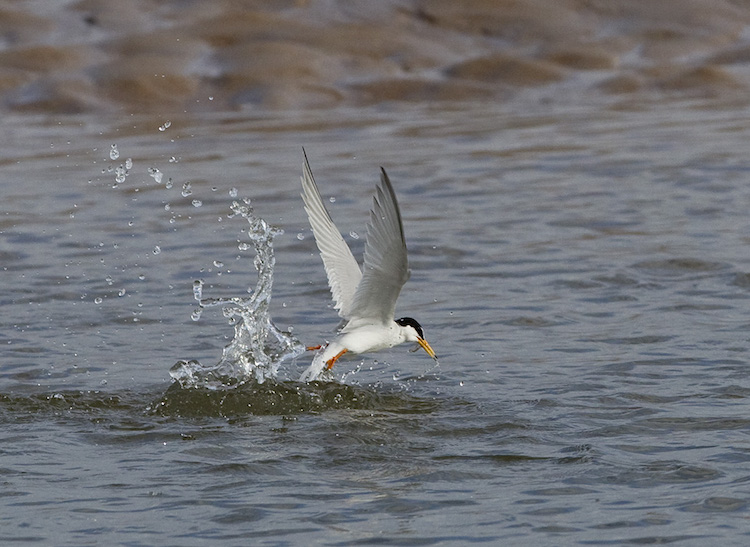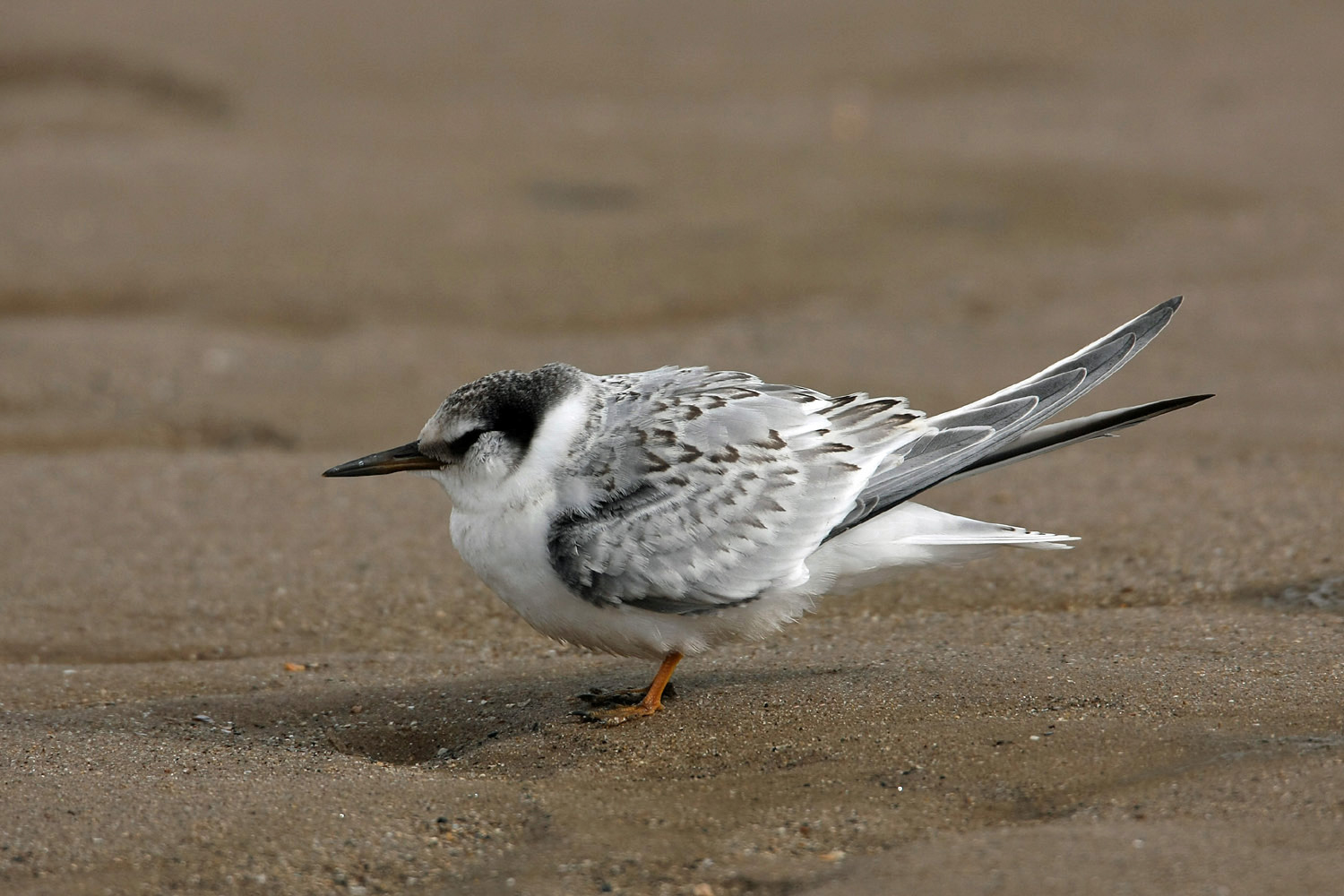Little Tern Sternula albifrons
Scarce summer visitor and fairly common passage migrant. Occasional inland.


Little Tern is for many, the signature species of the Lincolnshire coast and its status has been causing concern on and off for decades. The Atlas states “throughout the 1980s colony counts indicate that 100-200 pairs attempted to breed in most years, but numbers declined at many sites in the 1990s”. RBBP records show that an average of 20 pairs per year bred during the period 2013-2017 (range 18-30) but in the years 1990 to 2012 for which RBBP published data the numbers fluctuated between 0 (1997, 1998, 2000) and 92 in 1992. Breeding success depends on shingle ridges that don't flood at high tide, that aren't accessible to foxes and do not experience human disturbance. A difficult cocktail to manage on the heavily visited Lincolnshire coast. At present although terns have used at least 4 sites in the last 30 years, only one, at Gibraltar Point is currently tenable. That is partly because of funds made available under an EU Life project that has now expired, and the active hard work that is put in by the management team there. Nesting and fledging are usually completed by August and birds have usually gone by mid-September. There is a variable passage of birds moving south from the numerous colonies further north on the east coast, from July onwards.
(Account as per new Birds of Lincolnshire (2021), included September 2022)
